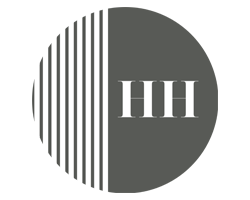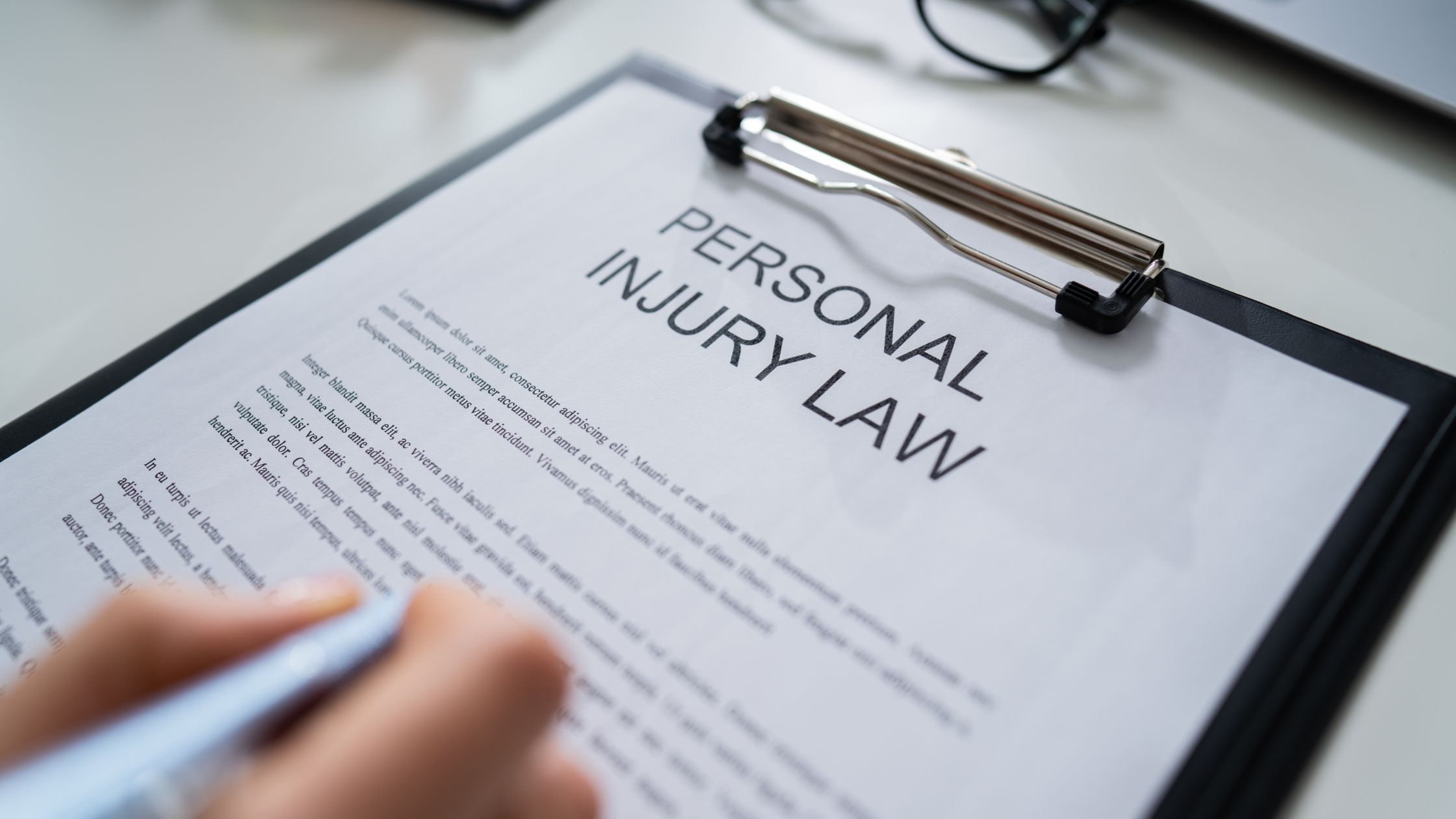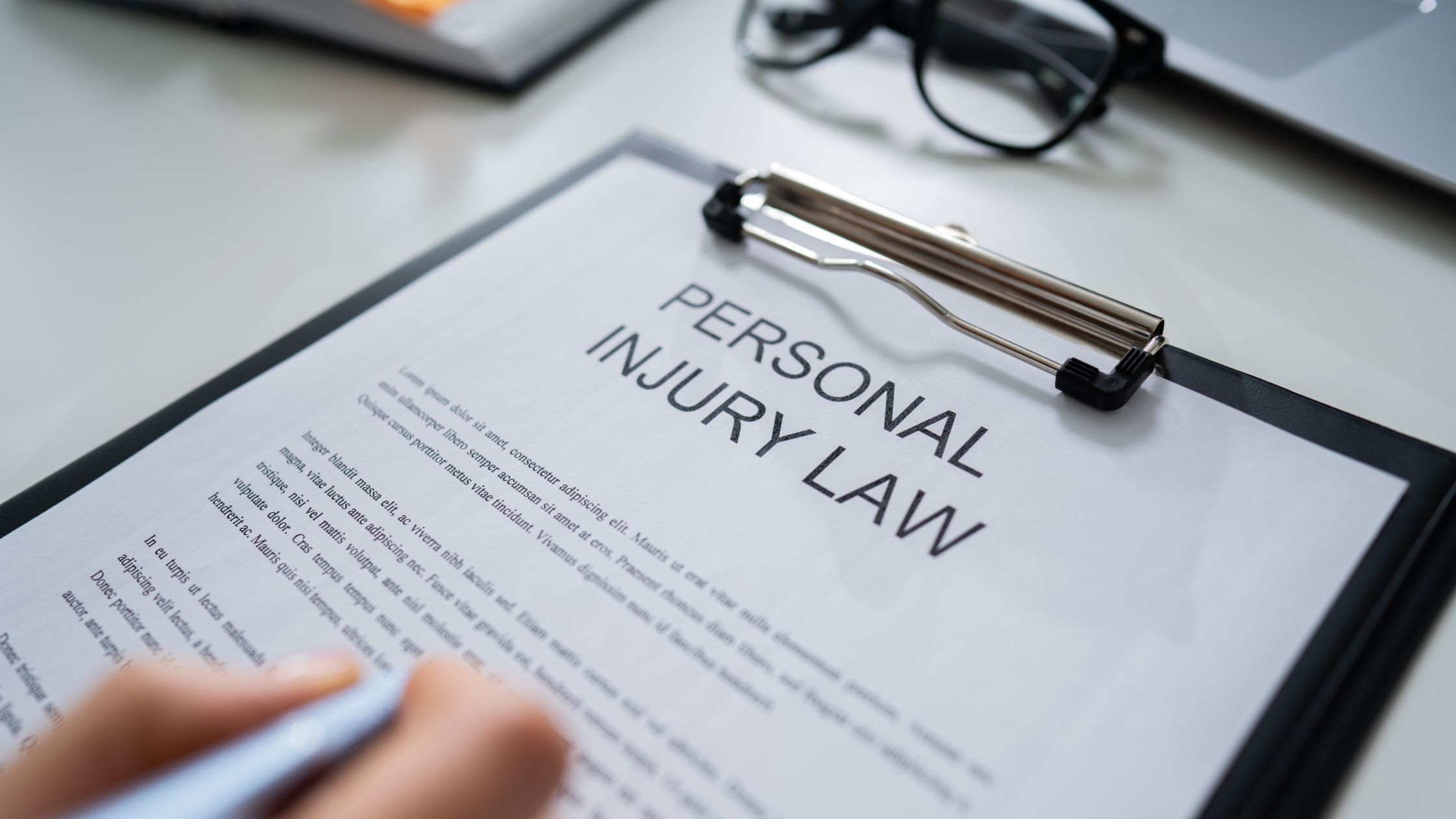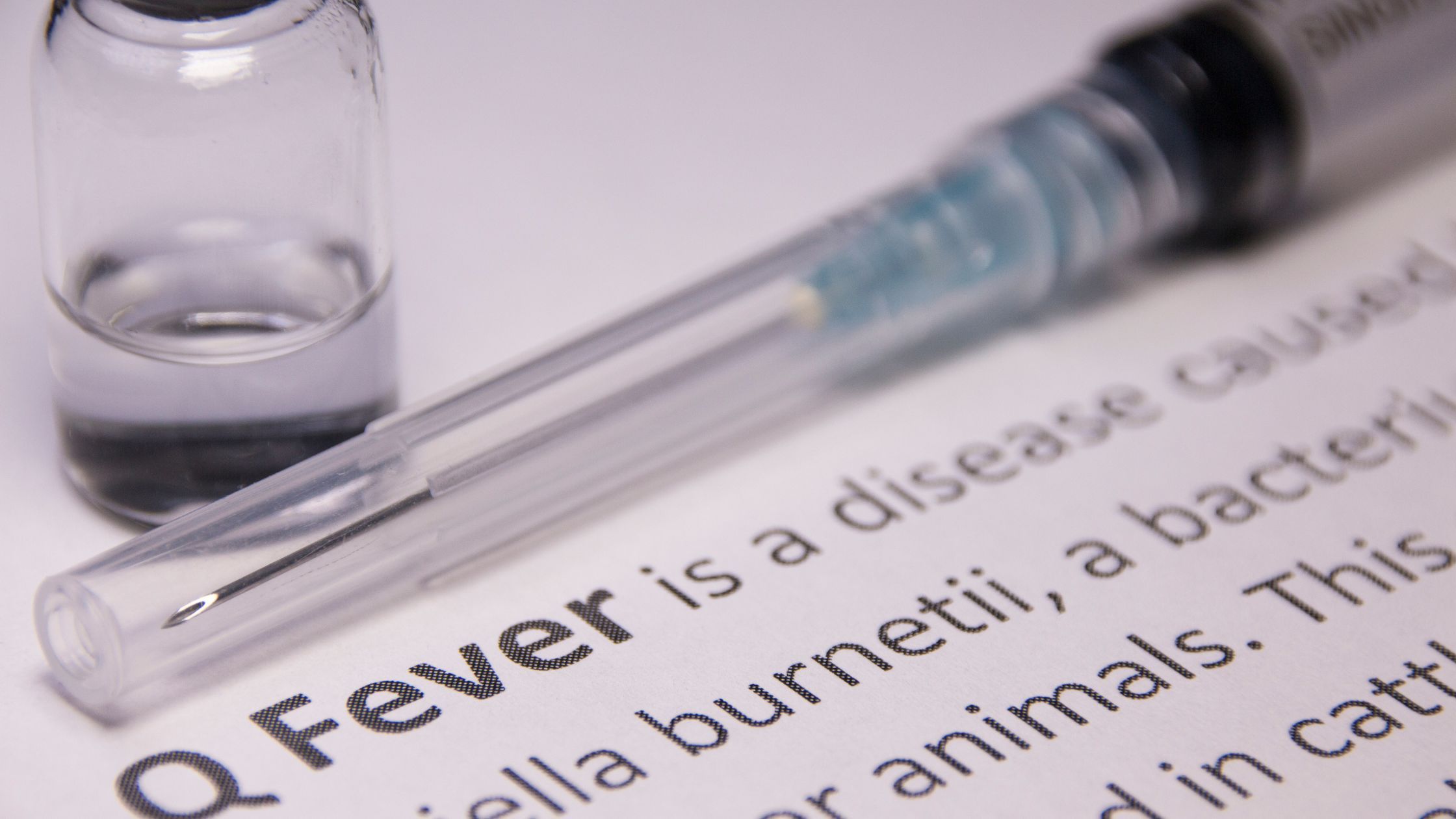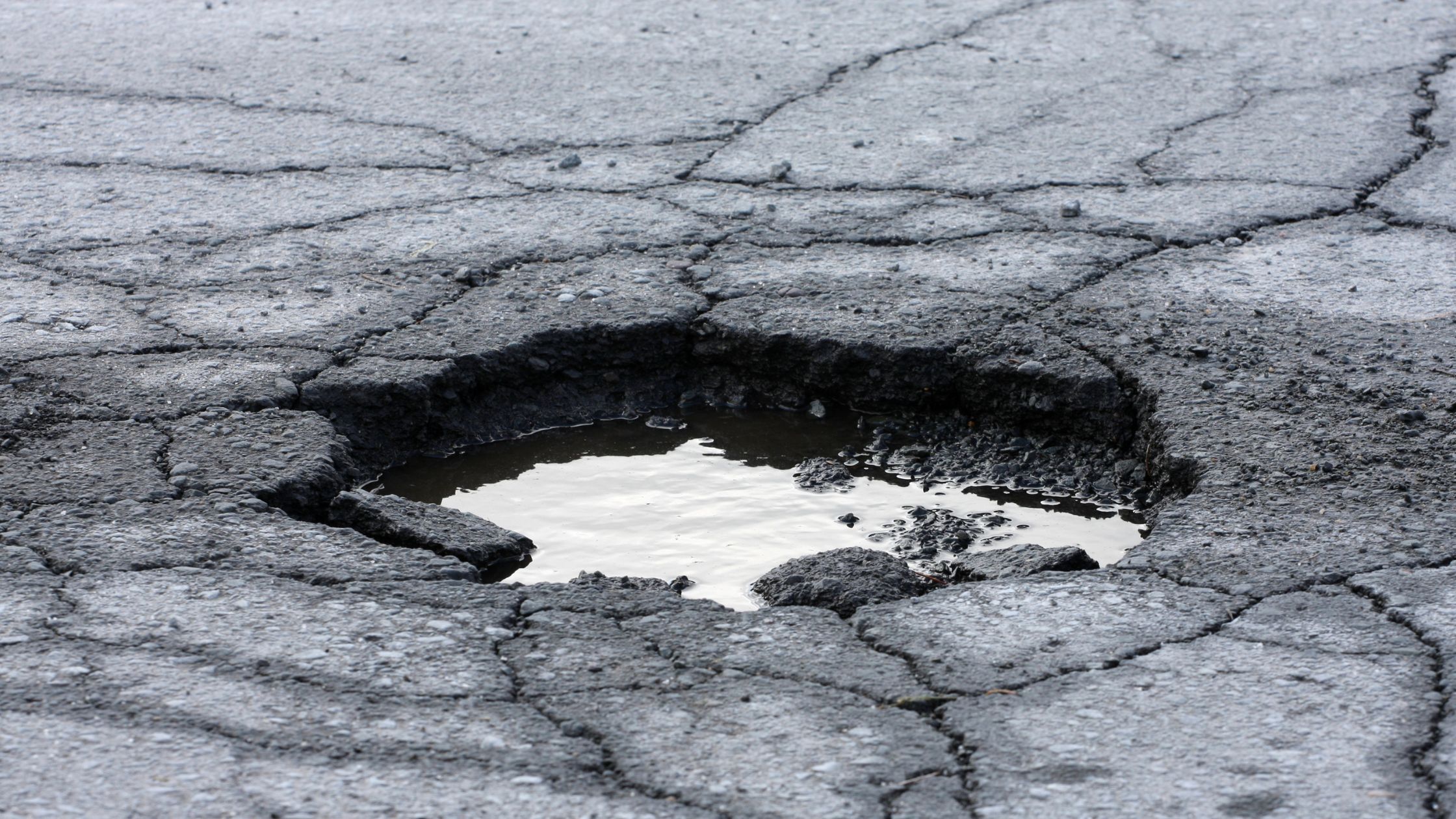The Rehabilitation Code 2015 is a key component in all types of personal injury claims and strives for a collaborative approach to getting injured people back on the road in all aspects of recovery.
In the case of Livingstone v Rawyards Coal Company Lord Blackburn said that the purpose of damages was to "put the party who has been injured, in the same position as he would have been if he had not sustained the wrong for which he is now getting compensation". The purpose of the Code therefore is to help the injured party make the best and quickest recovery.
A framework has thus been provided to allow the Claimant Solicitor and Compensator to work together to ensure the Claimant's health, quality of life, independence and ability to work is restored either before or alongside the assessment of compensation.
Obligations have therefore been placed upon all parties to the claim to ensure the above is achieved.
The Claimant's Solicitor Obligations
The Claimant Solicitor has a duty to consider whether the Claimant's position (whether that be physical or mental injury), would be improved by the provision of medical or rehabilitative intervention.
An initial discussion should be had with the Claimant to identify any immediate needs such as adaptations or changes to employment and any needs to alleviate injury related issues. Any points raised within this discussion must then be referred to the compensator with the intent of collaboration to address the rehabilitative needs.
The Compensator's Obligations
The Compensator must consider whether the Claimant would benefit from the additional medical or rehabilitative treatment.
If rehabilitation needs are required by the Claimant, the Compensator must contact the Claimant's Solicitor to work collaboratively and the Claimant's Solicitor must then respond within 21 days.
Following the determination and agreement of needs for the Claimant, the Code recognizes the differentiation between lesser-injury cases to those further up the scale. This has resulted in a separate process for claims below £25,000 value.
The Assessment Process
Lower-Value injuries have a separate assessment process which is contained within Part 4 of the Code. There are different considerations for soft tissue injuries compared to other lower-value cases however in all cases, the Claimant's Solicitor must consider whether there is a need for early rehabilitation.
The needs discovered must be noted within the Claim Notification Form for the MOJ Portal. However, for soft tissue injuries, it is recognized by all parties that there may not always be rehabilitative needs.
A Triage Report should be obtained to establish the treatment required. The report will consider what are known as the ten 'markers':
- Age.
- Pre-existing physical and psycho-social commodities.
- Return to work/education issues.
- Dependents living at home.
- Geographic location.
- Mental capacity.
- Activities of daily life in the short and long-term.
- Realistic goals, aspirations, attainments etc.
- Fatalities and those who witness major incident of trauma within the same accident.
- Length of time post-accident.
In considering the above 'markers', the Triage Report will then focus on many aspects including the injuries sustained, current impact on activities, the likely cost and duration of treatment and also the expected outcome of intervention and treatment, to name a few considerations.
Thus, with regard to the Triage Repot, this is for the benefit of both parties and is prepared wholly for use outside of the litigation process.
Medium, Severe and Catastrophic Injuries - the Assessment Process
In relation to more serious injuries, assessment of rehabilitation assistance is will be considered by an Immediate Needs Assessment (INA). This assessment is to be carried out by a Case Manager.
The Case Manager should be decided by the Claimant Solicitor and Compensator at the outset and they should be appropriately qualified, and best suited to the Claimant's needs.
The INA does not report on medical prognosis or diagnosis but includes clinically justifiable recommendations for further medical investigation.
There is a guide for Case Managers, ensuring they have suitable qualifications and experience, complying with appropriate clinical governance.
From what can be seen above, the Code now provides an approved framework, with a streamlined process. It recognizes the significant differences between the way in which low value injuries and more serious, catastrophic injuries should be handled. Whilst the revised Code has been welcomed by Claimant Solicitor's and Compensators alike, making it work in practice, it is likely that conflict between either the Claimant or the Defendant and the appointed Case Manager will occur on the basis that the Case Manager owes a different and separate duty to the Claimant.
